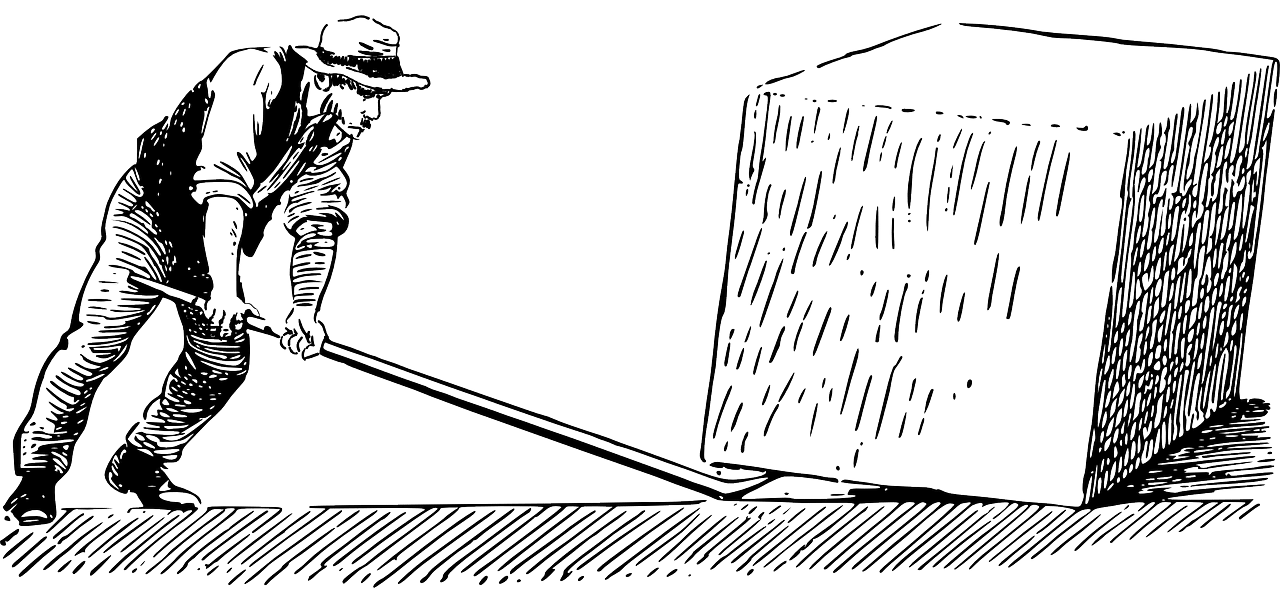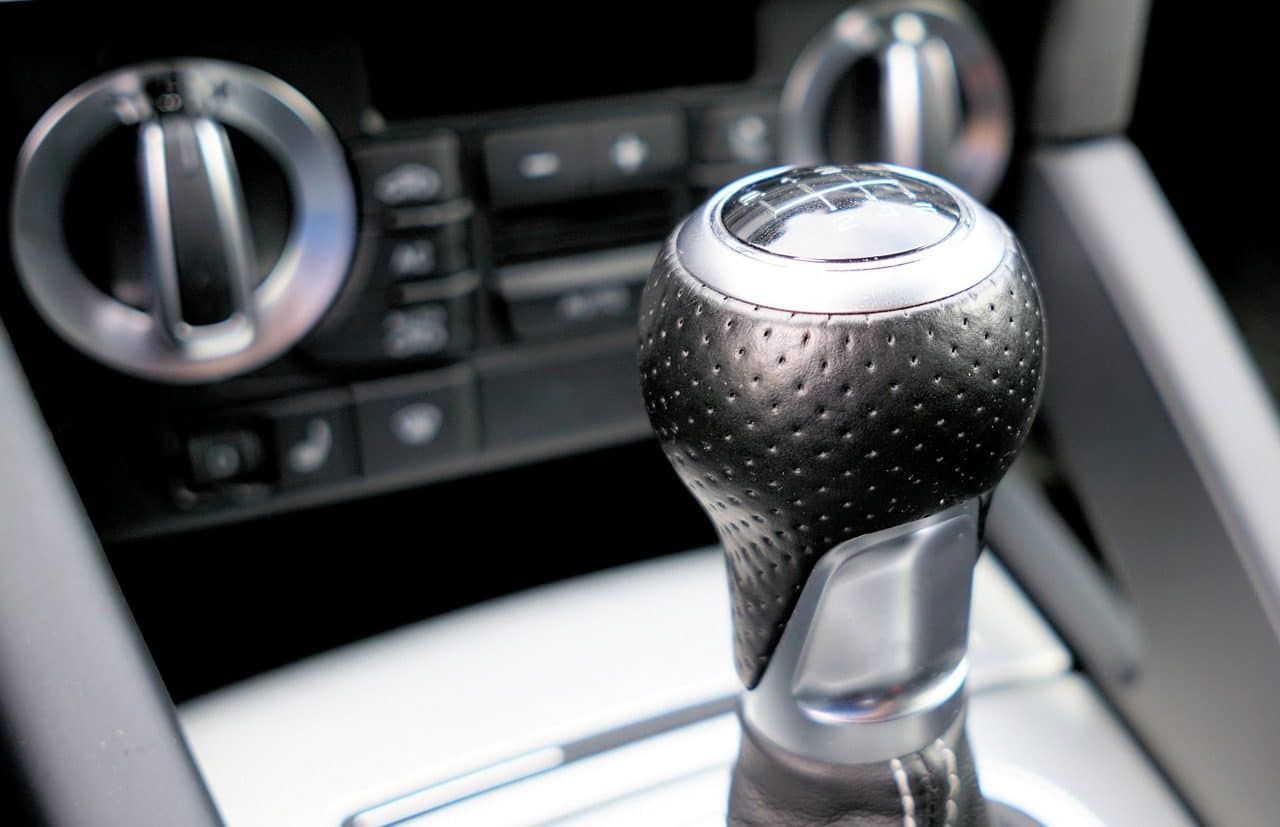
A simple machine is called a lever.
A lever is a simple machine that allows objects to move by transmitting a force . The term comes from the Latin palanga , in turn derived from a Greek word that can be translated as “club.”
The lever is formed from a bar that, located on a support point , can rotate on it. By applying force to one end of the lever, it is possible to move a body, lift it, etc.
For example: “We are going to have to use a lever to open the door that was stuck,” “With the help of a lever, the young man managed to lift the log and rescue the dog,” “When I was little, I used to assemble a lever to throw stones into the river.”
Forces acting on a lever
The three forces that act on a lever are the following:
- Power (P) : This is the force that is applied intentionally with the aim of achieving a result. This can be done manually or with the help of certain mechanisms , such as a motor.
- Resistance (R) : is the force exerted on the lever by the body you want to move, which must be overcome. The resistance value is equivalent to the force that the lever transmits to the body in question, given the principle of action and reaction .
- Support force : it is exerted on the lever by the fulcrum , the fulcrum of the bar. Without taking into account the weight of the bar, the support force is always equal and opposite to the sum of power and resistance, so that the lever does not move from its support point, about which it rotates freely. .
In the field of physics , the law that relates the forces acting on a lever in equilibrium is known as the lever law , and the equation that allows it to be expressed is P x Bp = R x Br . P and R represent power and resistance, respectively, while Bp and Br are the distances measured from the support point of the bar to the points of application of the power and resistance ( Bp is called the power arm ; Br , resistance arm ).

The gear lever in a car allows you to go from one gear to another.
Classification according to type
It is possible to distinguish three types of lever (also known as orders, classes or genres), which depend on the relative position of the points of application of resistance and power , with respect to the point of support (the fulcrum). Let's see a brief description of each one:
- First order lever : the fulcrum is between resistance and power, and the latter can be less than the second when the speed transmitted by the resistance and the distance it travels decrease.
- Second order lever : the resistance is located between the fulcrum and the power, and the latter is always less than the resistance, which has the same consequences as in the previous case.
- Third-order lever : Power is located between the fulcrum and resistance. One of its characteristics is that the applied force always exceeds the resulting force.
Gear lever
In cars, the gear lever allows you to go from one gear to another through various relationships that occur in the gearbox.
Typically, this lever is located between the driver's seat and the passenger's seat.
A former soccer player
Palanca is also the name by which a former soccer player called Miguel Palanca Fernández is known, born in Tarragona ( Catalonia ) in 1987 . His position was as a forward and he had a long career with clubs in Spain , Australia, Poland , Cyprus and India .
His father, Santiago Palanca Molina , was also a professional soccer player. Miguel was discovered at the age of 10 and debuted in the First Division a decade later.
